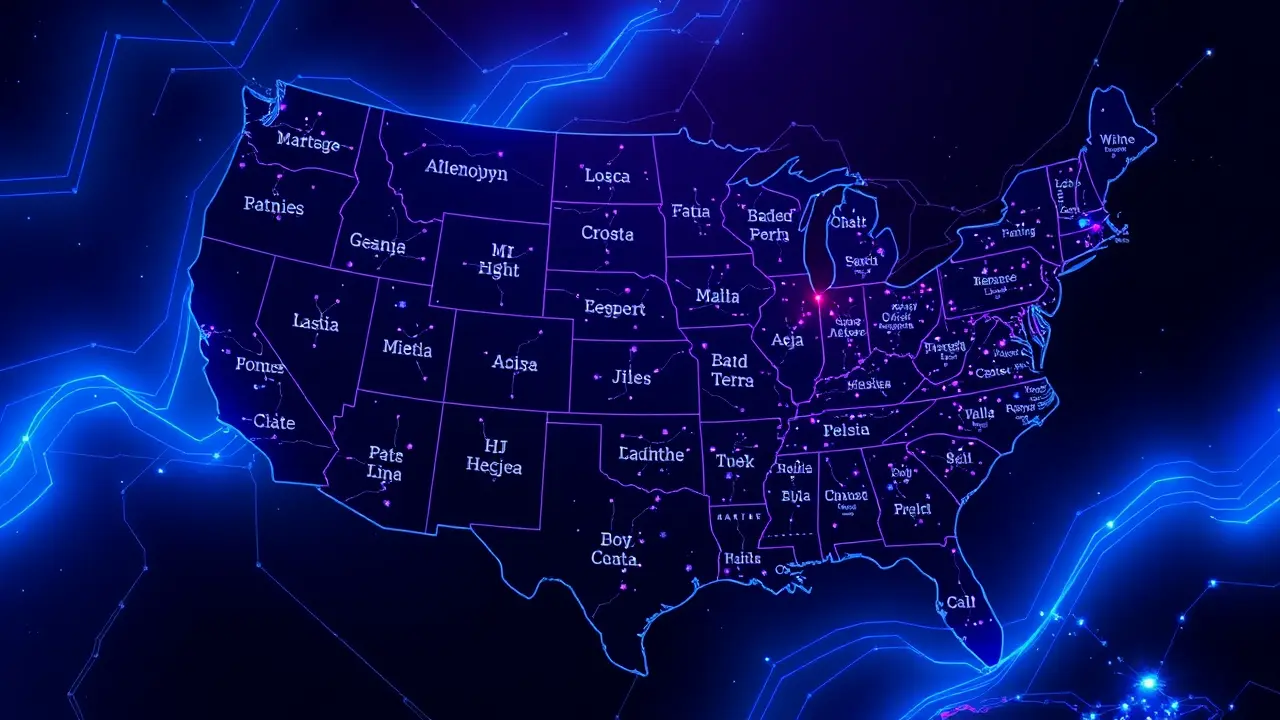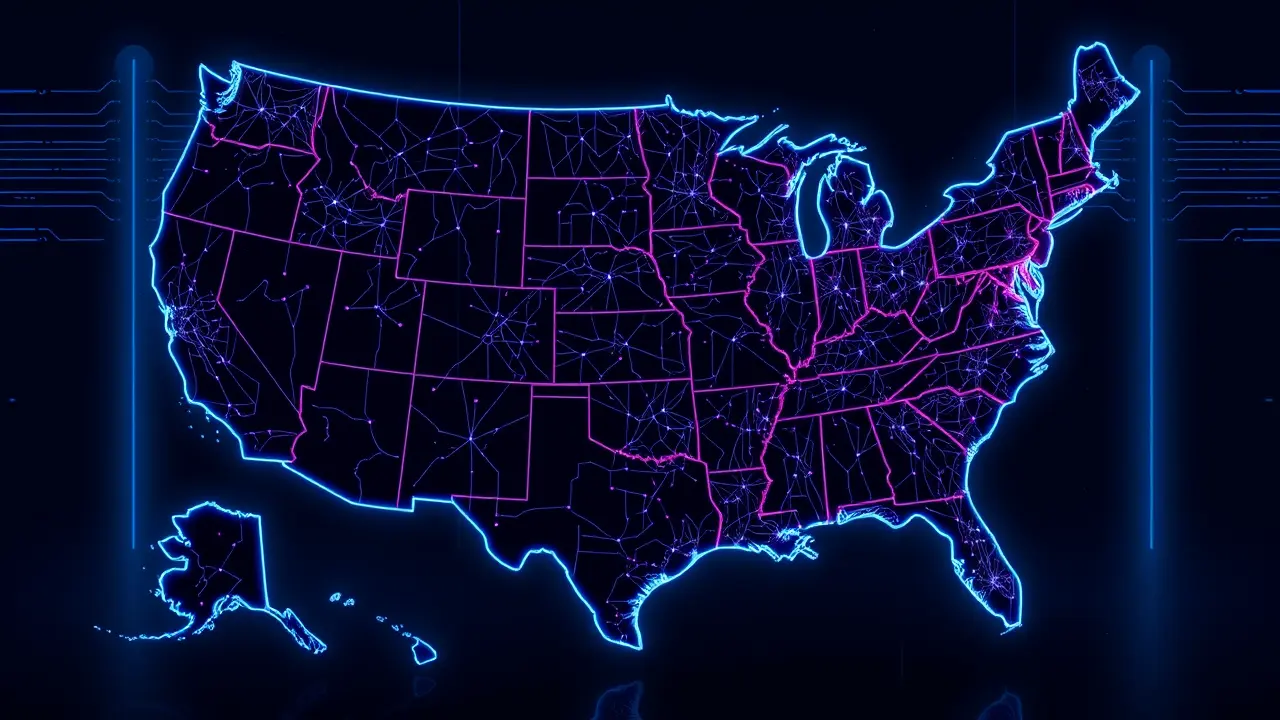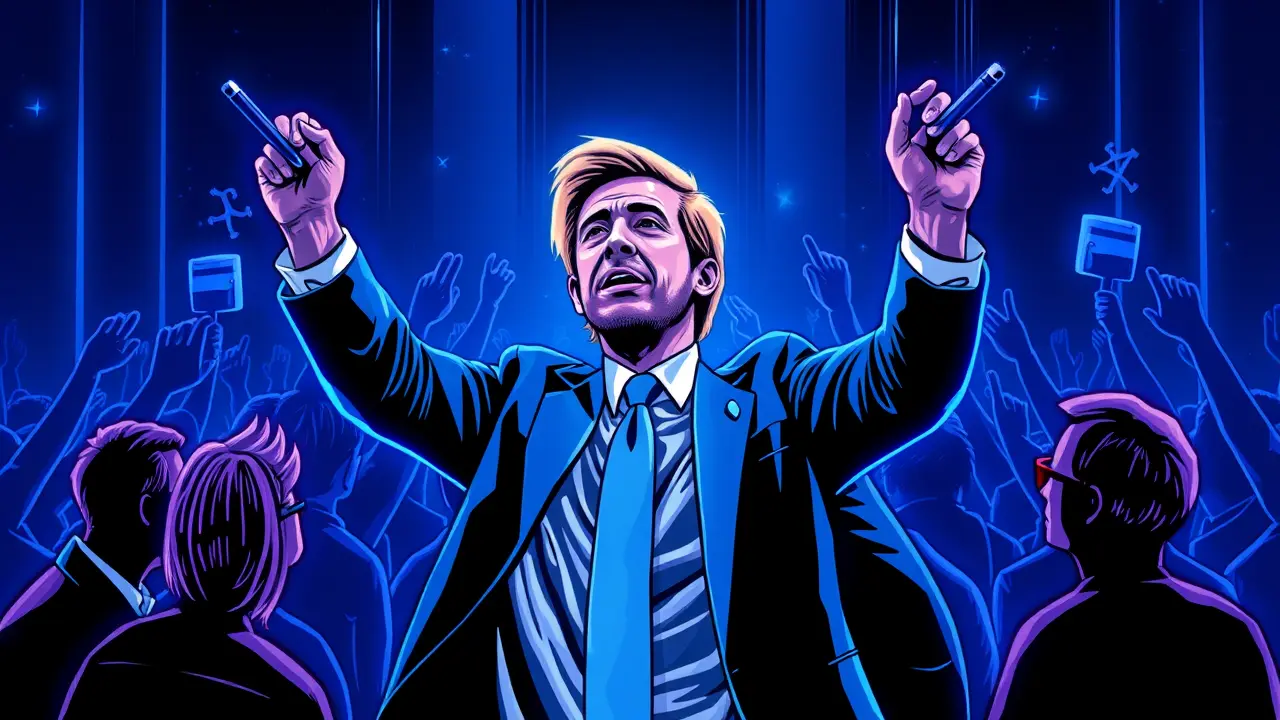PoliticselectionsPresidential Elections
Tracking the NYC Mayoral Race Results in Real Time
RO
Robert Hayes
6 hours ago7 min read2 comments
As the polls opened across the five boroughs, New York City embarked on a pivotal exercise in democracy, its electorate casting ballots in a mayoral contest that has transcended its municipal boundaries to become a subject of intense national scrutiny. The race, to determine who will helm America's largest city for the ensuing four-year term, represents more than a simple administrative transition; it is a barometer for the nation's political climate, a test of progressive momentum, and a potential historical inflection point.The extraordinary level of external interest, far exceeding the typical attention paid to a local election in even this global nexus of finance and culture, is largely attributable to the meteoric rise of Zohran Mamdani. The Queens assemblymember, a figure virtually unknown beyond the city's confines a mere year ago, has orchestrated a political ascent that reads like a modern campaign playbook.His early viral success, particularly in the wake of the second Trump presidential victory, was not mere happenstance but a calculated deployment of person-on-the-street engagement that resonated with a digitally native, politically energized base. This grassroots wave crested in a stunning June primary victory over a political titan, former Governor Andrew Cuomo, upending conventional wisdom and setting the stage for today's general election.The ensuing months have been a relentless media storm, ensuring that the eyes of the nation are fixed on the tabulation of results beginning November 4th. Current polling, notably from institutions like Quinnipiac, consistently paints a picture of a comfortable lead for the Democrat Mamdani over his principal adversaries: the independent, and politically resilient, Andrew Cuomo, and the Republican candidate, Guardian Angels founder Curtis Sliwa, whose campaign has embodied a particular brand of New York pugilism.Should the polls hold and Mamdani secure victory, the implications are profound: he would become the first Muslim mayor in the city's storied history and, at 34, its youngest leader in over a century, a milestone not seen since the administration of John Purroy Mitchel. This potential outcome forces a broader analytical consideration of urban governance's future, the evolving Democratic coalition, and the enduring power of grassroots mobilization against established political machinery.The contest itself is a microcosm of larger national debates—pitting a new, unapologetically progressive vision against more centrist and conservative frameworks, all set against the backdrop of a city grappling with affordable housing, public safety, and economic recovery. Historically, New York mayors have often served as precursors or counterpoints to national political trends, from the fiscal conservatism of Rudy Giuliani to the managerial liberalism of Michael Bloomberg.A Mamdani administration would undoubtedly be analyzed through this lens, its every policy initiative scrutinized for its potential as a national model or cautionary tale. For those tracking the results in real-time, the decision desks of major news outlets—NPR (via Associated Press), The New York Times, CNN, and Decision Desk HQ—provide the most immediate data stream, with polls closing at 9 p.m. ET. As the returns begin to filter in, analysts will be watching not just the final tally, but the geographic distribution of votes, the turnout demographics, and the performance in key swing districts to decode the deeper narrative of a city, and perhaps a nation, at a political crossroads.
#featured
#New York City mayoral election
#Zohran Mamdani
#Andrew Cuomo
#Curtis Sliwa
#real-time results
#polls
Stay Informed. Act Smarter.
Get weekly highlights, major headlines, and expert insights — then put your knowledge to work in our live prediction markets.
Related News
© 2025 Outpoll Service LTD. All rights reserved.













